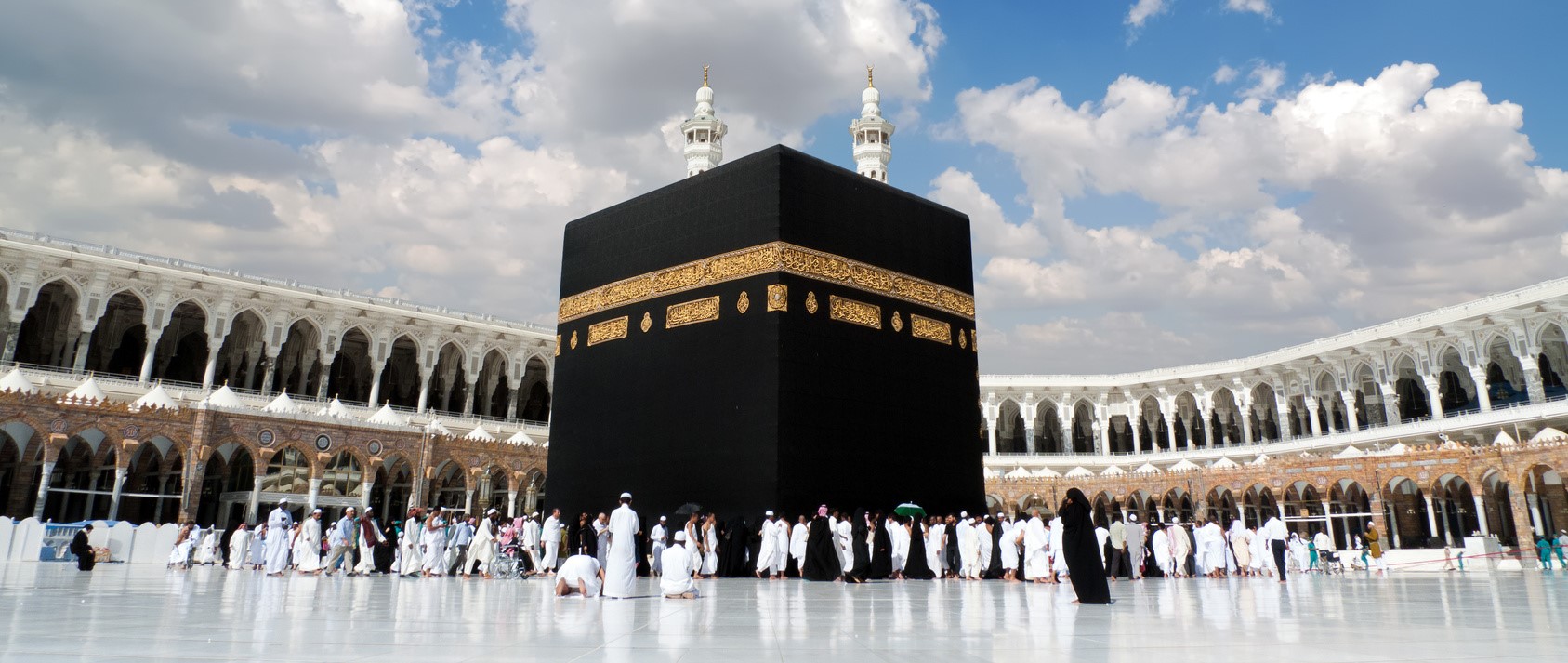A safe pilgrimage from receiving the guest until you bid him farewell
A safe pilgrimage from receiving the guest until you bid him farewell
The Hajj journey remains one of the most immortal memories in the memory of every Muslim whose feet touched the land of the Two Holy Mosques, breathed its air, and his eyes saw its beauty.
Therefore, the program for serving pilgrims is one of the programs of the Kingdom of Saudi Arabia’s vision 2030, through which we seek to sponsor delegations through which we seek to make a qualitative leap in the Hajj experience, enrich the religious journey, and the cultural experience, and reflect the honorable image of the Kingdom of Saudi Arabia in serving the pilgrims of the House of God.
The role of taking care of delegations before the Hajj season:
- Organizing arrival and departure flights (book tickets for all types of flights and record all flight data for your guests).
- Organizing housing procedures for program guests (Makkah – Arafa – Mina – Madinah).
- Providing many options for each service provided and assigning the most appropriate and best for each guest or delegation.
- Recording the diagnosis and treatment of patients during the hosting period.
- Allocating a transportation and reception committee for each delegation.
- Allocating a committee to transport guests within the Kingdom, determining the itinerary, and creating a complete program for each guest to provide an integrated experience rich in religious, entertainment, and cultural matters.
The role of taking care of delegations during the Hajj season:
- Receiving the guest upon his arrival in the Kingdom.
- Facilitating all procedures from receiving the guest at the airport to receiving his bags and leaving the airport.
- Providing a means of transportation to his place of residence, whether through the appropriate luxury car rental service or by providing cars and buses for groups.
- Facilitate accommodation procedures in hotel rooms.
- Reserving restaurants and providing all the needs of the Rahman guest during his trip.
- To start the Hajj ceremonies easily and conveniently, taking into account all the requirements of security, safety and health requirements.
- After the end of the Hajj ceremonies, we are keen to present a farewell party for the delegations to the airport, in order to ensure the comfort and satisfaction of the pilgrims by providing the highest levels of service provision.
Hajj ceremonies in order:
- Ihram: It is the intention to start the Hajj from the prescribed time.
- Al-Tarwiyah Day: It is the eighth day of Dhul-Hijjah, and it is the first day of Hajj. It was called that because the pilgrims were preparing for the day of Arafat by watering.
- Throwing Jamarat: The pilgrim performs the Talbiyah a lot until he throws Jamrat Al-Aqabah on the tenth day of Dhul-Hijjah.
- Going to Mina: and staying there until the Zuhr, Asr, Maghrib, Isha and Fajr prayers are performed on the ninth day. As the pilgrim stays in Mina on the night of the ninth of Dhul-Hijjah.
- Standing in Arafat: The presence of the pilgrim in any place of the land of Arafat, at the time specified by Sharia to stand, and the command to stand in Arafat was mentioned in the Holy Qur’an, the Prophetic Sunnah, and the consensus of scholars, God Almighty said (so if you leave from Arafat, then remember him forbidden).
- Overnight in Muzdalifah: The pilgrim goes to Muzdalifah at sunset on the day of Arafat, reciting the takbeer, uttering the takbeer, cheering, and thanking God. From Dhul-Hijjah, then he goes to Al-Mashar Al-Haram, faces the Qiblah, says takbeer, cheers, and swims, then heads to Mina.
- Throwing Jamarat al-Aqabah: It is the first act of the Day of Sacrifice, and it is desirable to start with it, and Jamarat al-Aqabah is the last Jamarat for Mina.
- Slaughtering the hady: the sacrifice is what is slaughtered from the cattle as an act of worship to God Almighty.
- Shaving or shortening: It is intended to worship and draw close to God Almighty by shaving or shortening, as it is considered one of the rituals of Hajj and Umrah.
- Tawaf al-Ifadah: It is one of the pillars of Hajj. Hajj is not valid without it. It is proven in the texts of the Noble Qur’an. The pilgrim performs Tawaf al-Ifadah on the Day of Sacrifice, after stoning.
- Throwing the Jamarat: This will be on the eleventh, twelfth and thirteenth days of Dhul-Hijjah, so the three Jamarat is stoned every day. The small, then the middle, and then Jamrat al-Aqabah, and throwing seven pebbles consecutively with the takbeer.
- The Farewell Tawaf: It was called this. Because pilgrims bid farewell to the House of God.



Comments